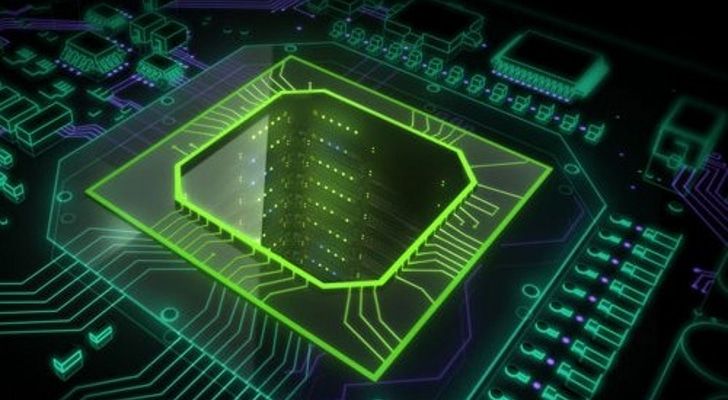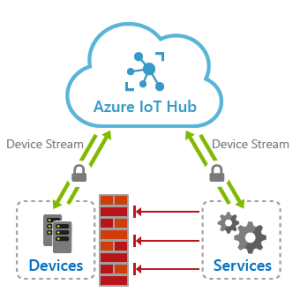
The Role of GPUs in Modern Computers
Introduction
In the world of modern technology, graphics processing units (GPUs) play a crucial role in enhancing computer performance. Originally designed to handle complex graphical tasks, GPUs have evolved to become an integral component of today’s computers, enabling faster and more efficient processing in various areas, from gaming to artificial intelligence.
What is a GPU?
A GPU, or graphics processing unit, is a specialized electronic circuitry originally introduced to accelerate graphics and image rendering. It manipulates and alters memory to efficiently process and generate images, videos, and animations. Traditionally, GPUs were separate from the central processing unit (CPU) and had limited functionality beyond graphics-related tasks.
Over time, GPUs have greatly advanced and become increasingly powerful, allowing them to handle more complex computations. As a result, they are now being utilized for a diverse range of applications, leveraging their parallel processing capabilities.
The Evolution of GPUs
Originally, GPUs were primarily used for gaming, where their ability to render high-resolution graphics in real-time became evident. However, with the advent of machine learning, artificial intelligence, and other computationally intensive tasks, GPUs started to find applications in a broader array of fields.
GPUs excel at performing parallel calculations, allowing them to process large amounts of data simultaneously. This parallel processing capability is especially beneficial for tasks involving matrix operations, such as those found in machine learning algorithms.
GPU Acceleration
One of the most significant benefits of GPUs is their ability to accelerate various software applications. Many software developers have recognized the potential of harnessing the power of GPUs to enhance their software’s performance drastically.
In recent years, GPUs have been used extensively in scientific research, data analysis, and artificial intelligence. By offloading complex calculations from the CPU to the GPU, these tasks can be completed significantly faster, resulting in quicker insights and advancements in various fields.
Gaming
One of the most mainstream applications of GPUs remains gaming. With the continuous demand for increasingly realistic graphics and immersive gaming experiences, GPUs have been continuously evolving to meet these requirements.
Modern GPUs are equipped with cutting-edge technologies like ray-tracing and advanced shading techniques, enabling lifelike lighting, reflections, and shadows. These advancements redefine gaming visuals, making them more visually stunning and realistic than ever before.
Virtual Reality
Virtual reality (VR) has rapidly gained popularity in recent years, opening up opportunities in various industries from entertainment to healthcare. GPUs play a critical role in delivering smooth and realistic VR experiences.
Rendering virtual worlds in real-time requires massive computational power. GPUs handle complex geometric calculations, simulate physics, and render high-resolution visuals in real-time, maintaining a seamless and immersive VR environment.
Artificial Intelligence and Deep Learning
GPUs have revolutionized the field of artificial intelligence (AI) and deep learning. These technologies involve training and running complex models, often involving massive amounts of data.
Deep learning algorithms benefit immensely from parallel processing and are specifically designed to take advantage of GPU acceleration. By harnessing the GPU’s computational power, researchers and data scientists can process, analyze, and train AI models remarkably faster.
Conclusion
In conclusion, GPUs have emerged as a critical component in modern computer systems, extending their capabilities far beyond graphics processing. From gaming to scientific research and AI, GPUs revolutionize performance and allow for faster and more efficient computation in numerous domains.
As technology continues to evolve, the role of GPUs is only expected to grow. With advancements like real-time ray-tracing and AI-powered applications, GPUs are pushing the boundaries of what is possible, enabling us to experience more immersive gaming, realistic virtual reality, and accelerated breakthroughs in scientific research and artificial intelligence.

